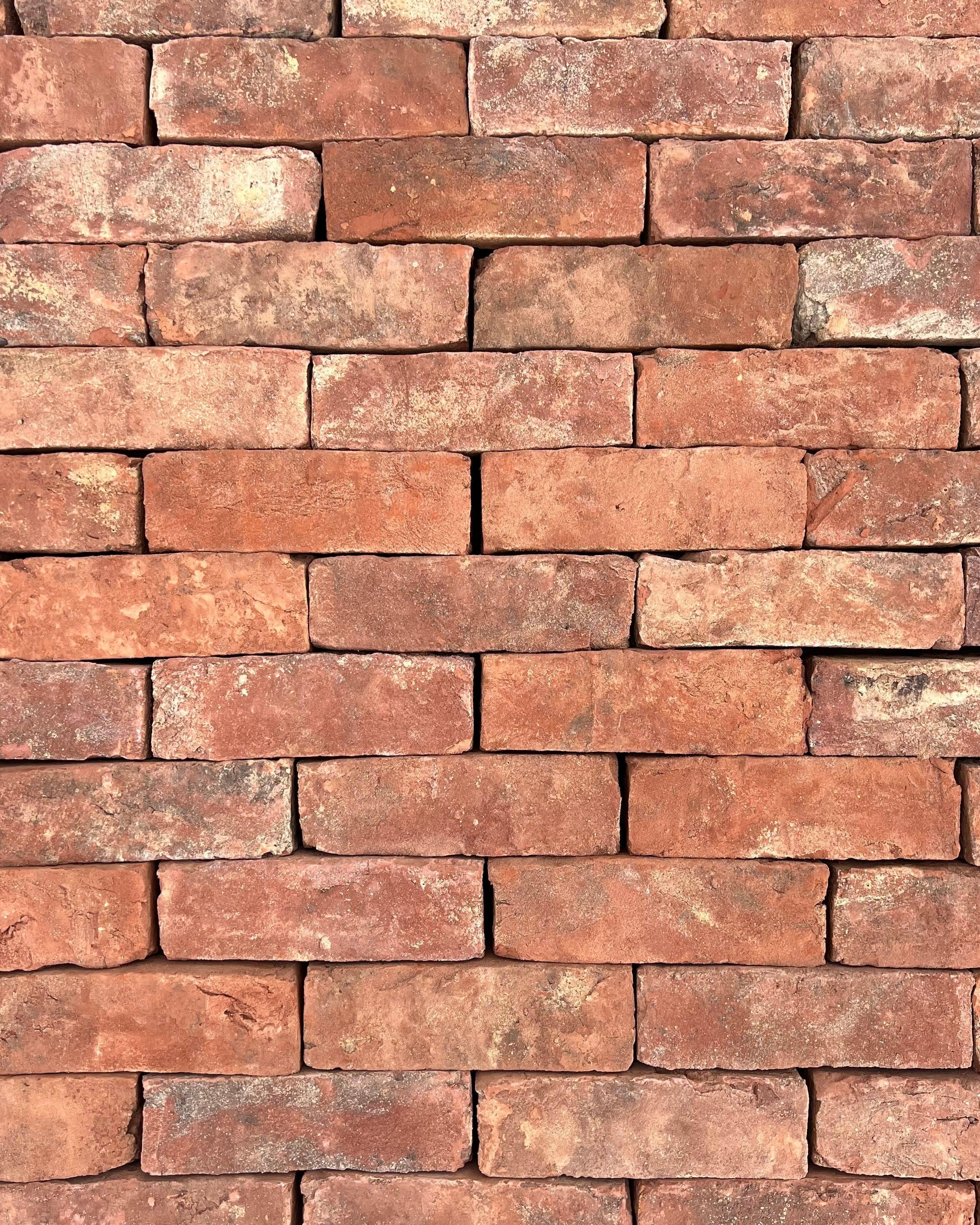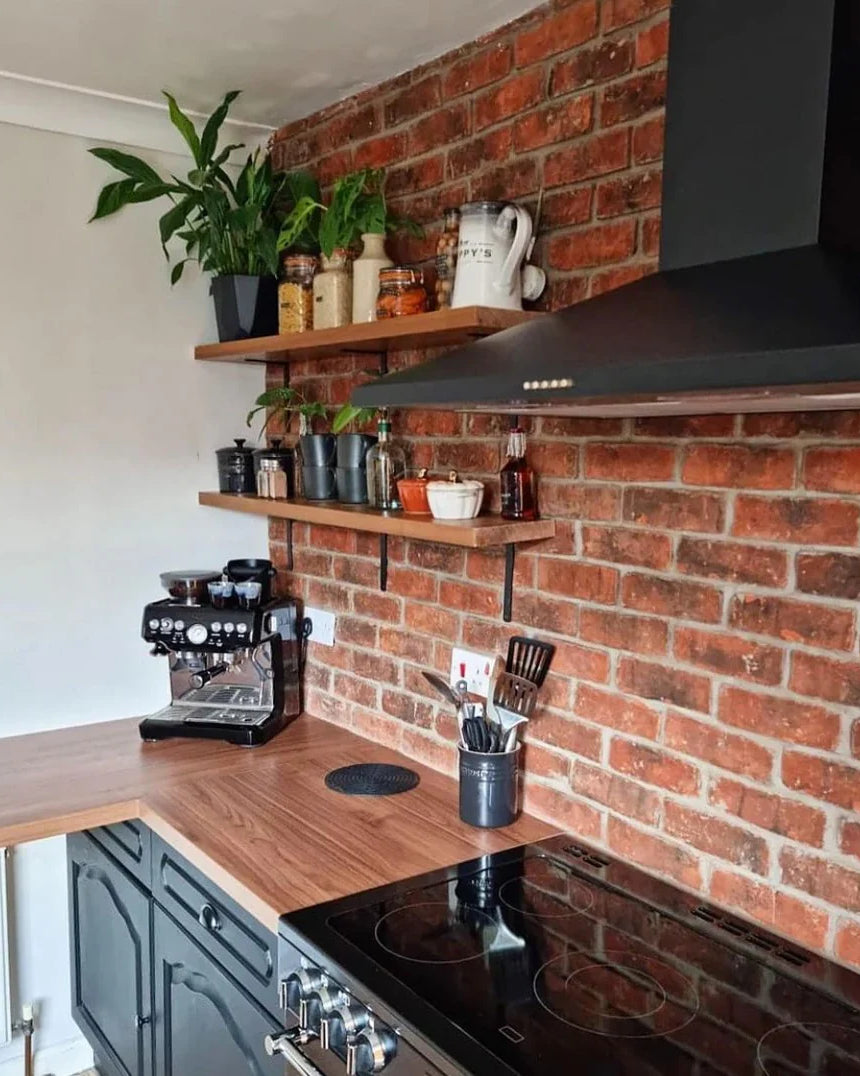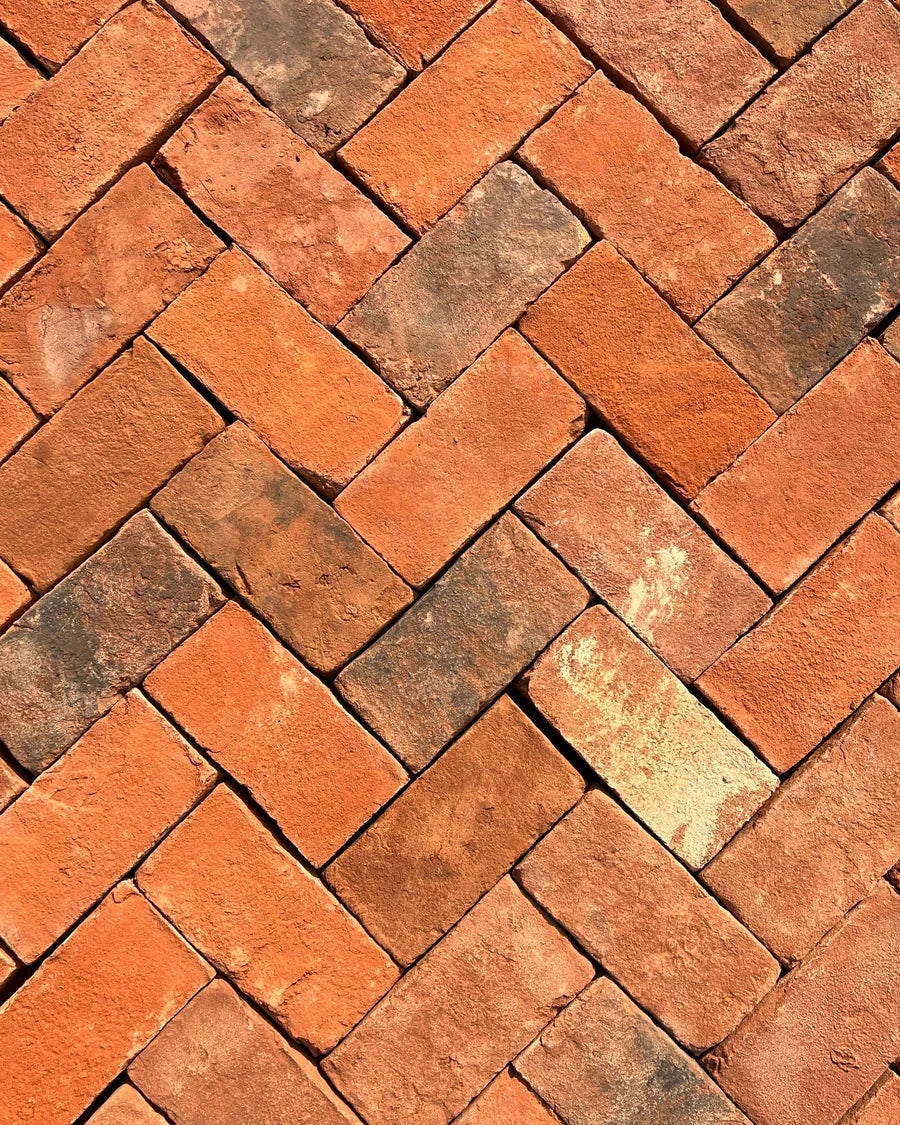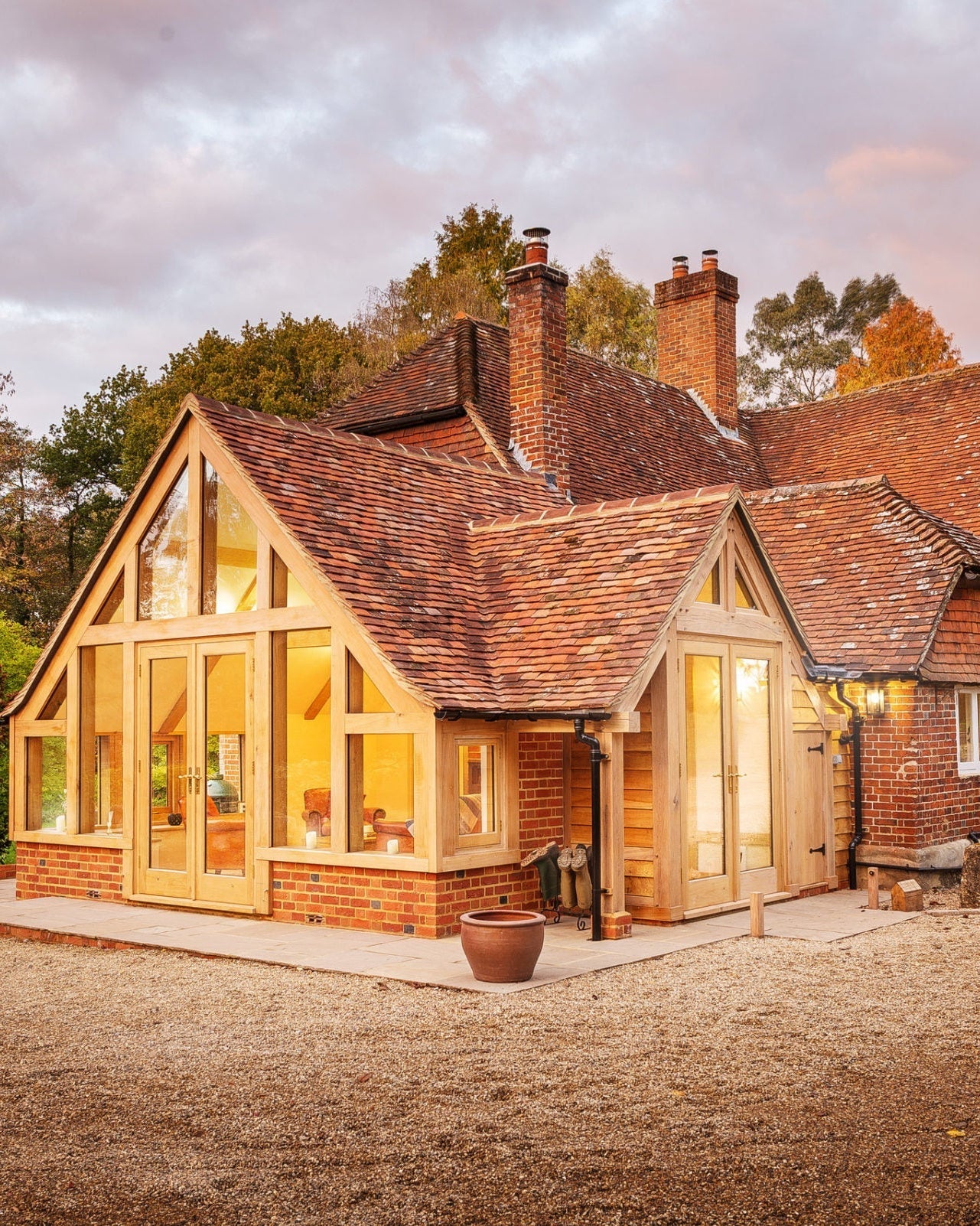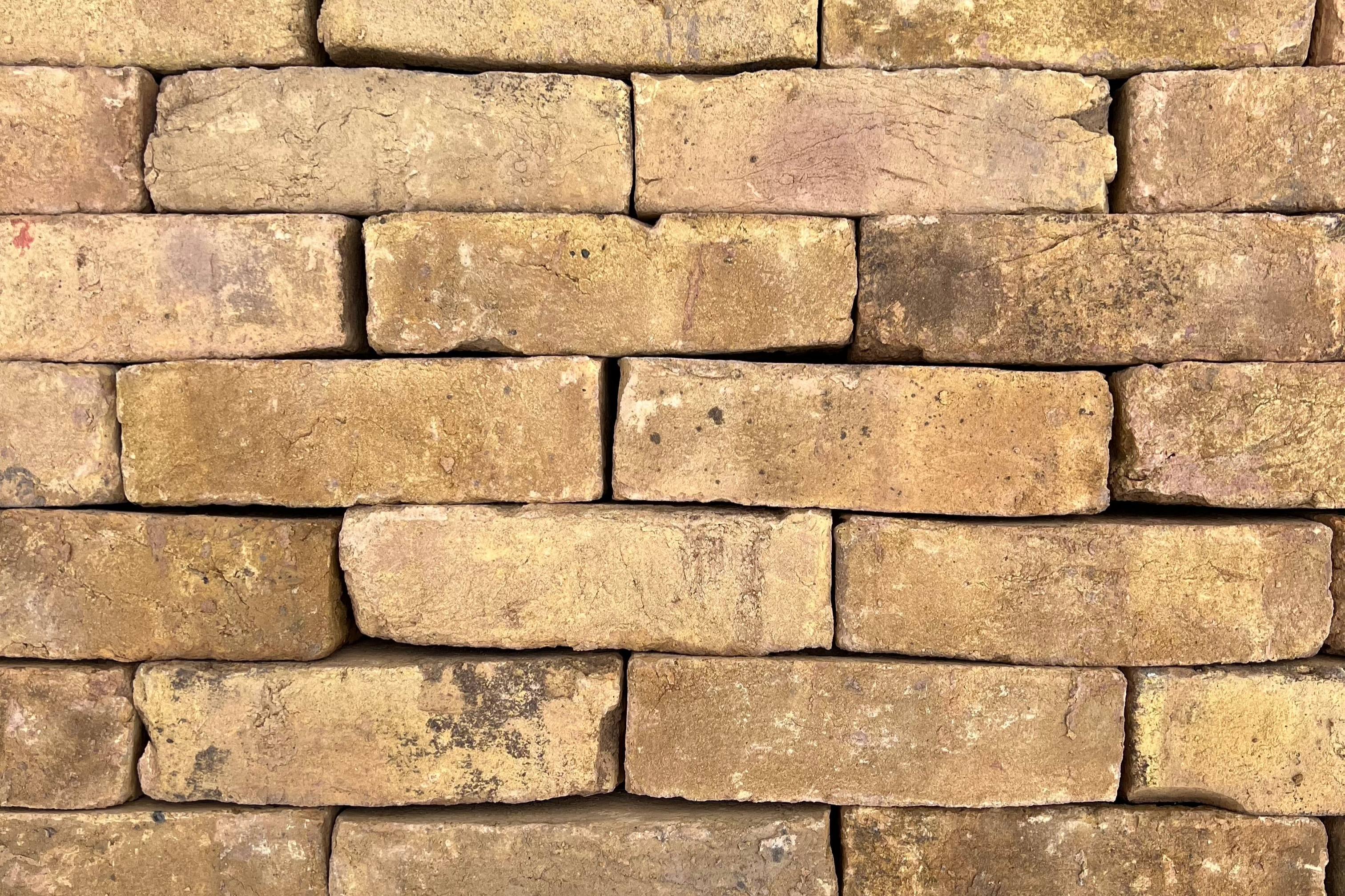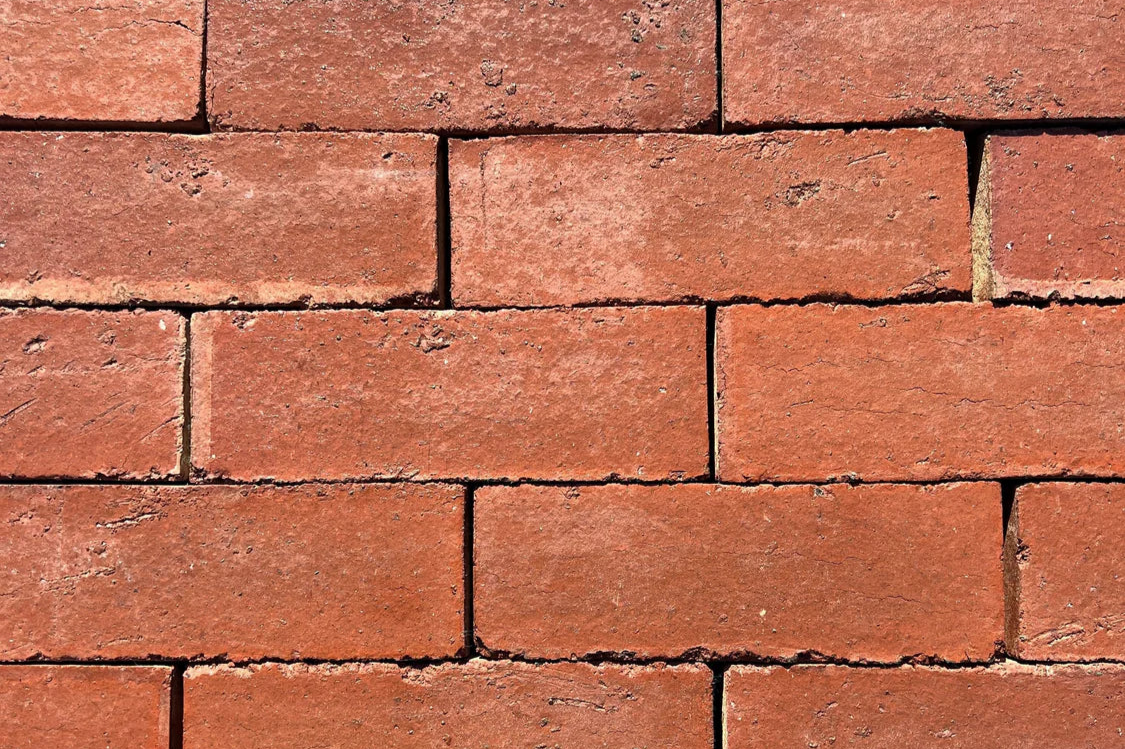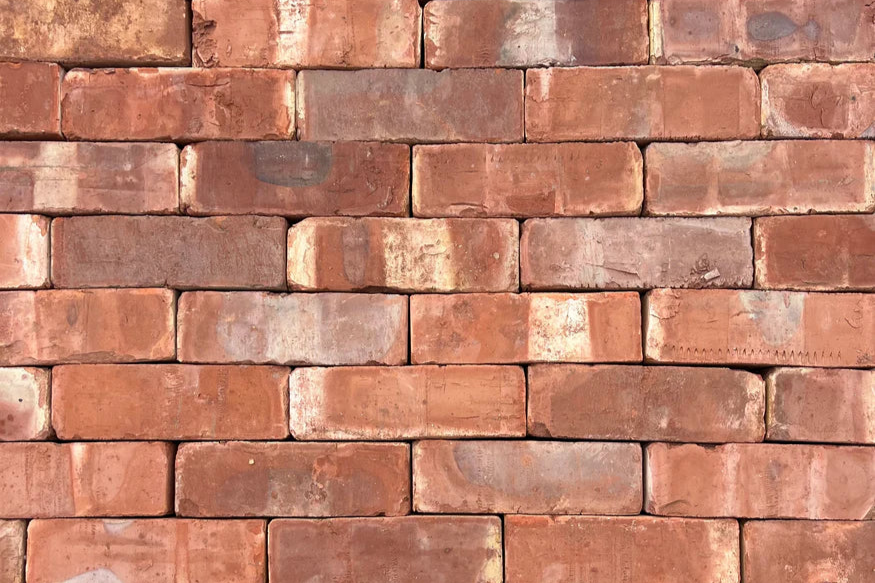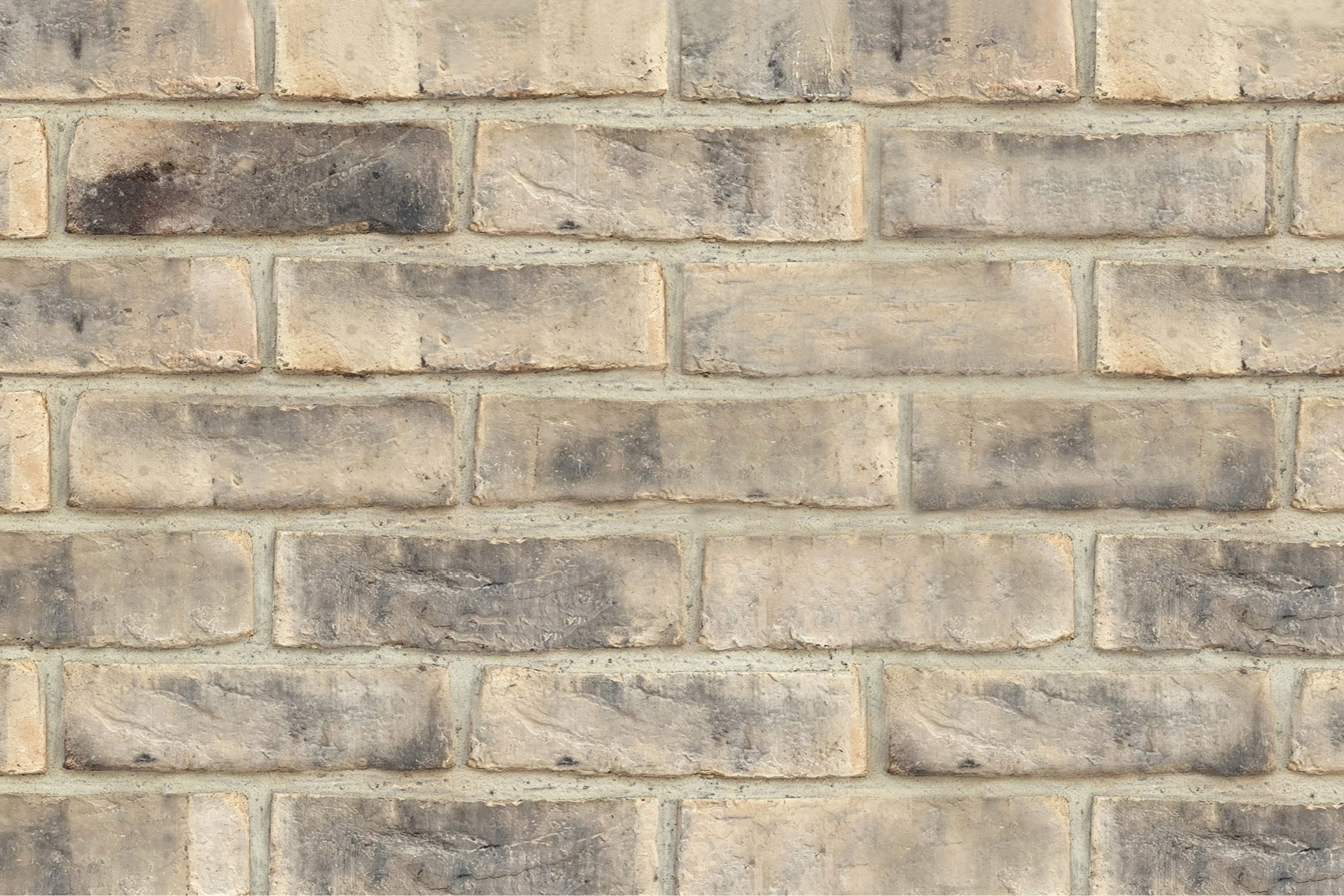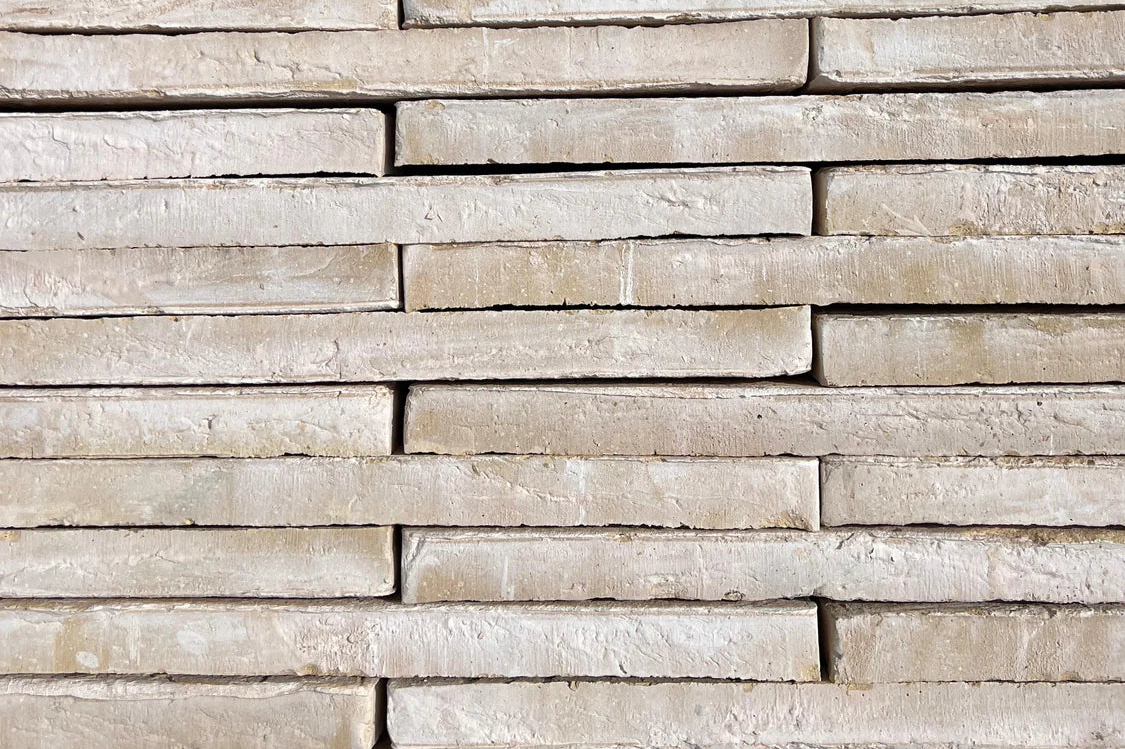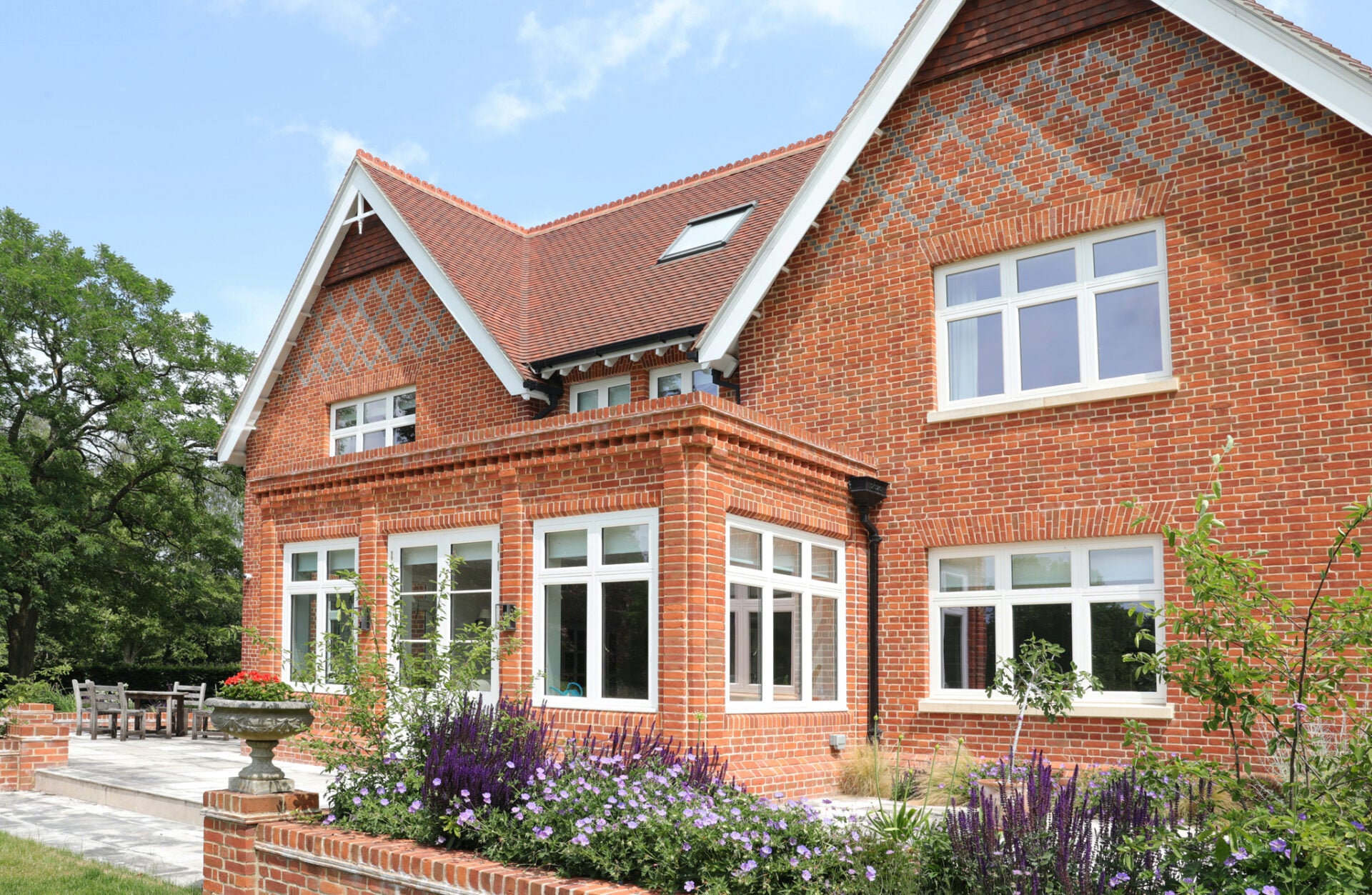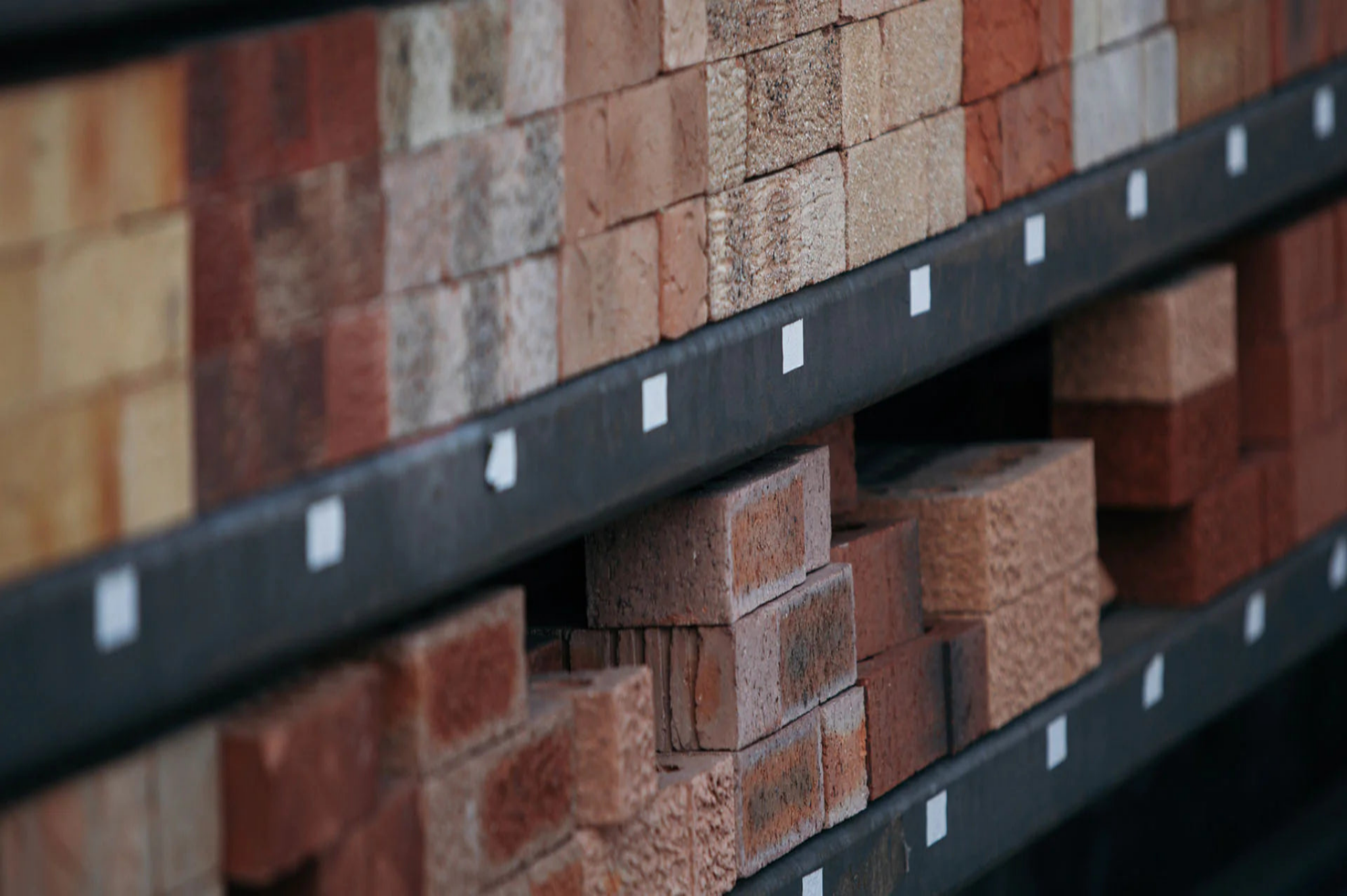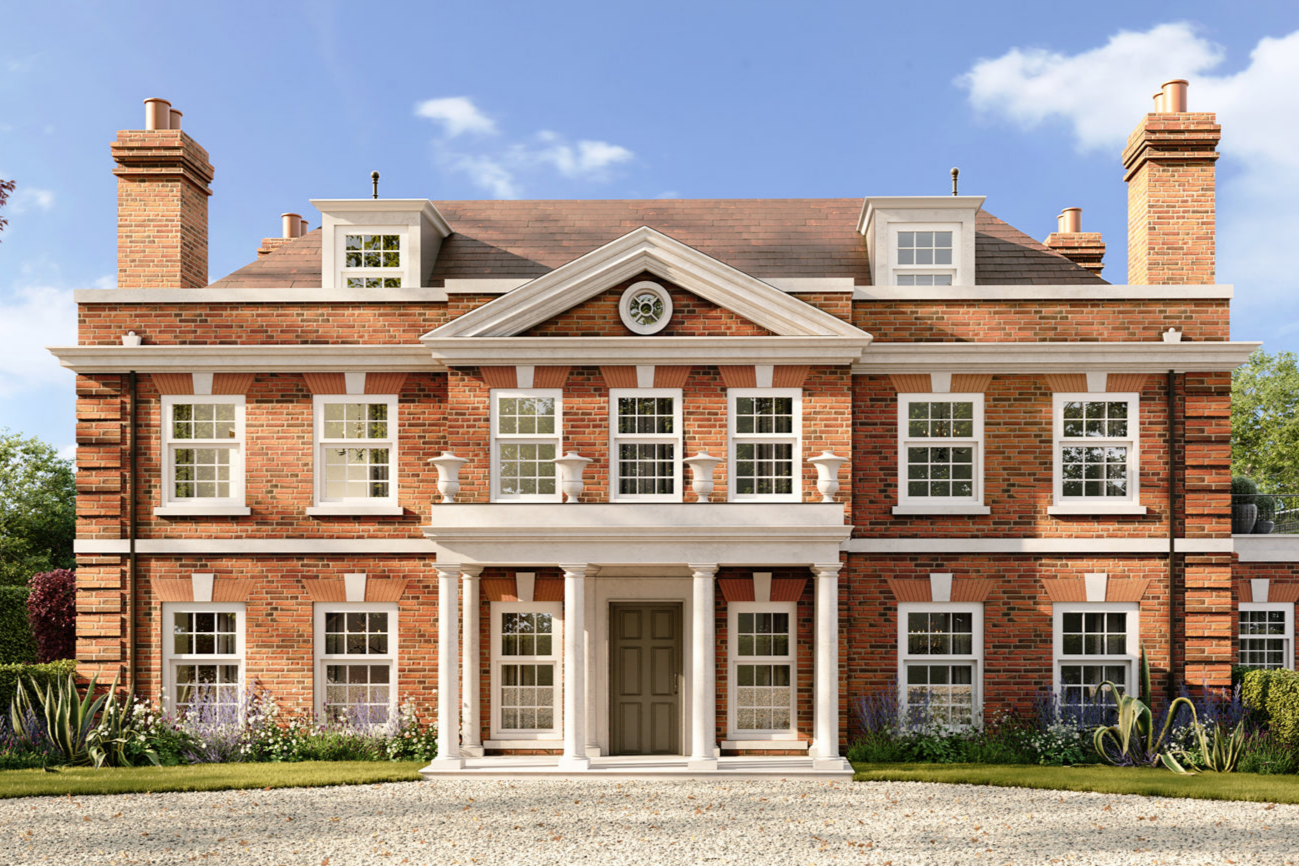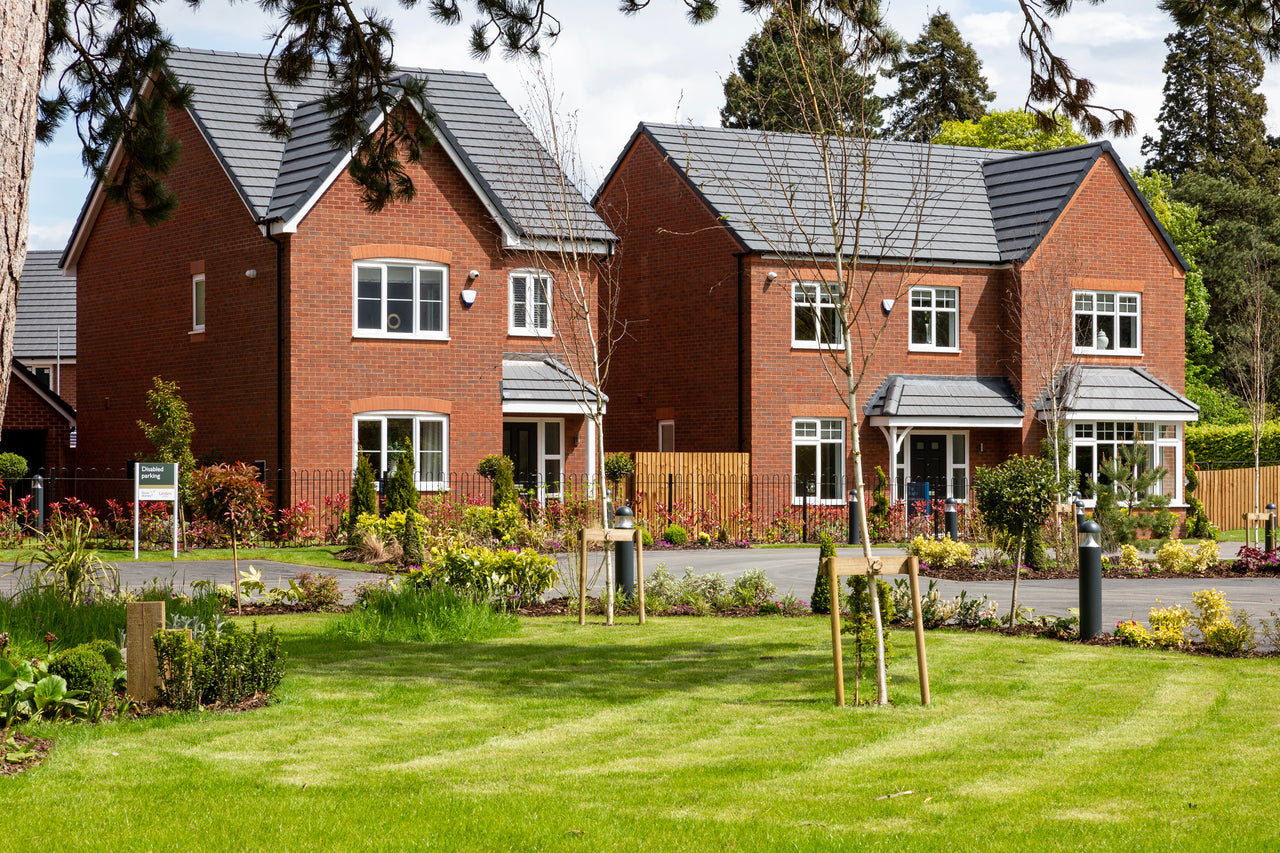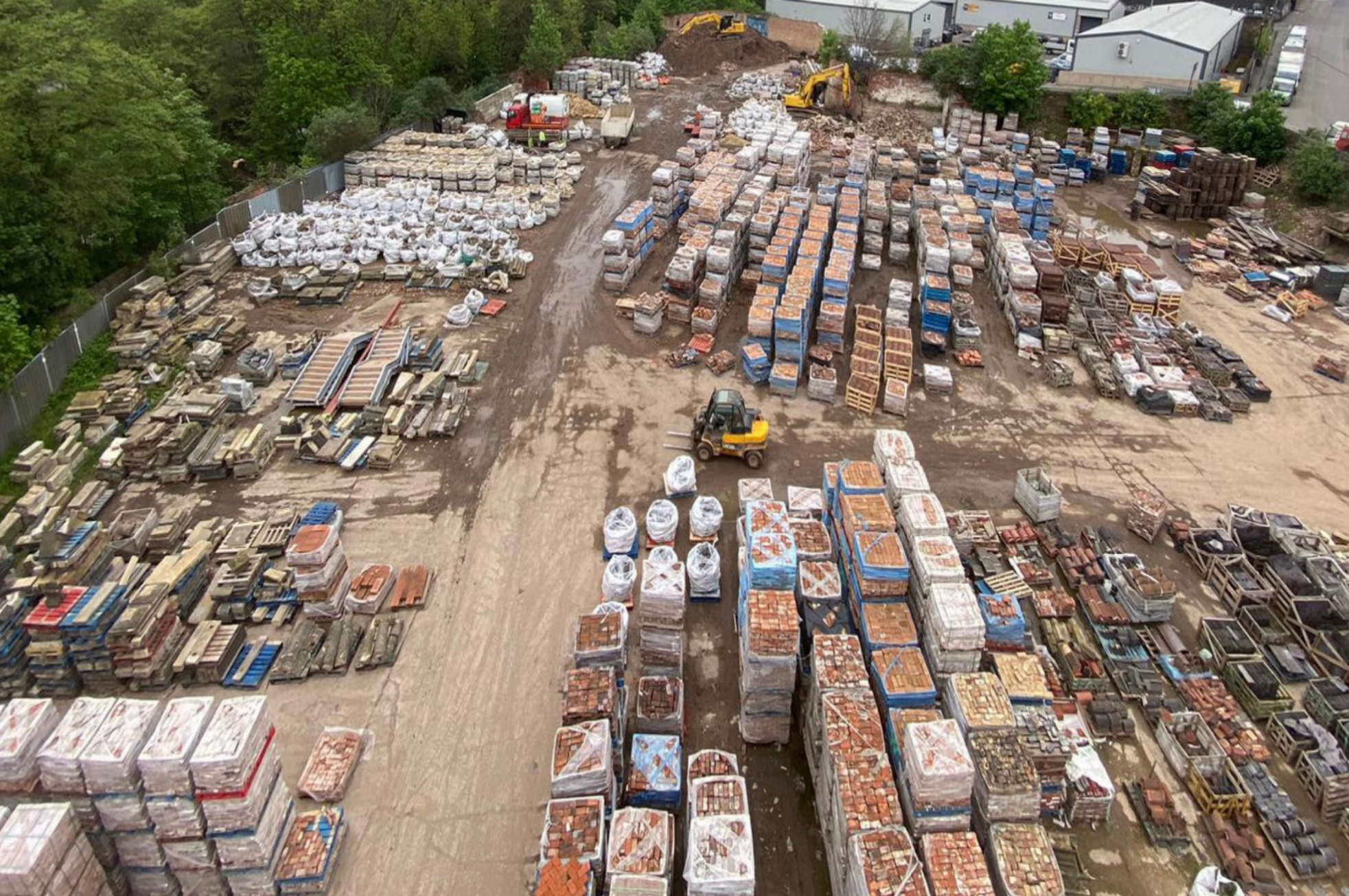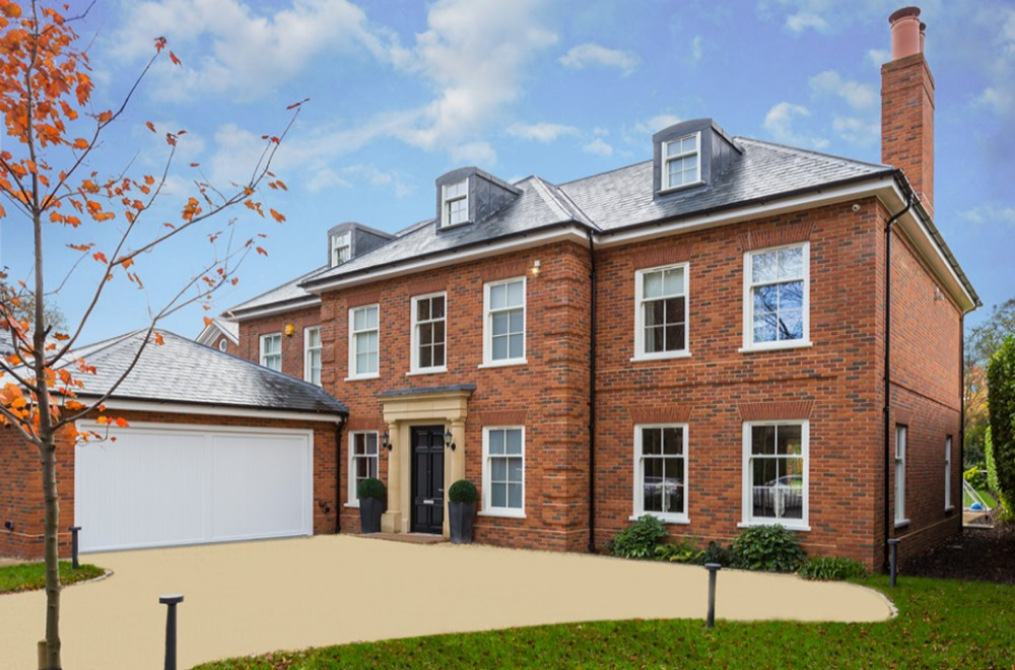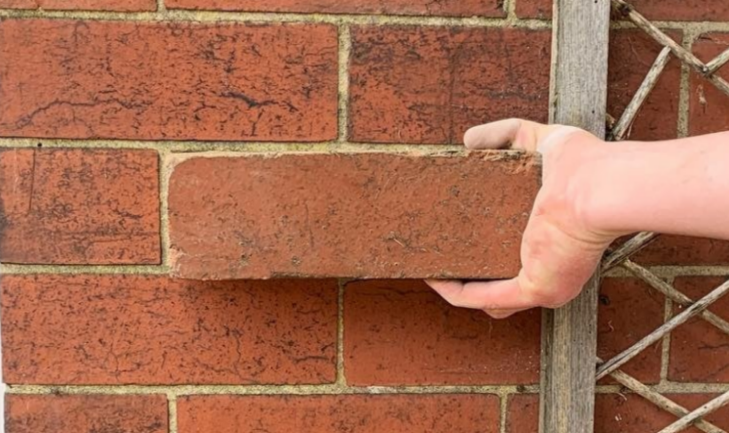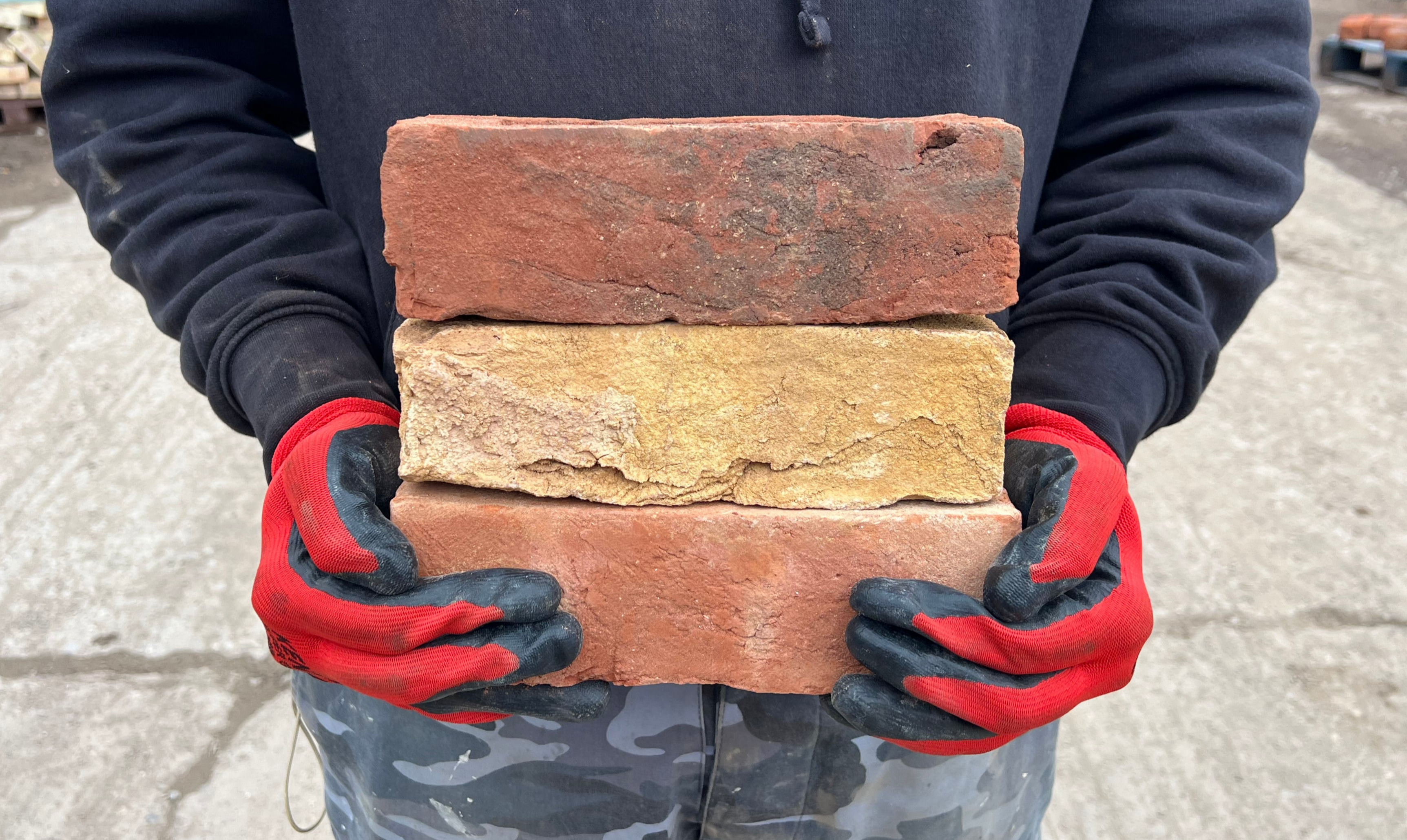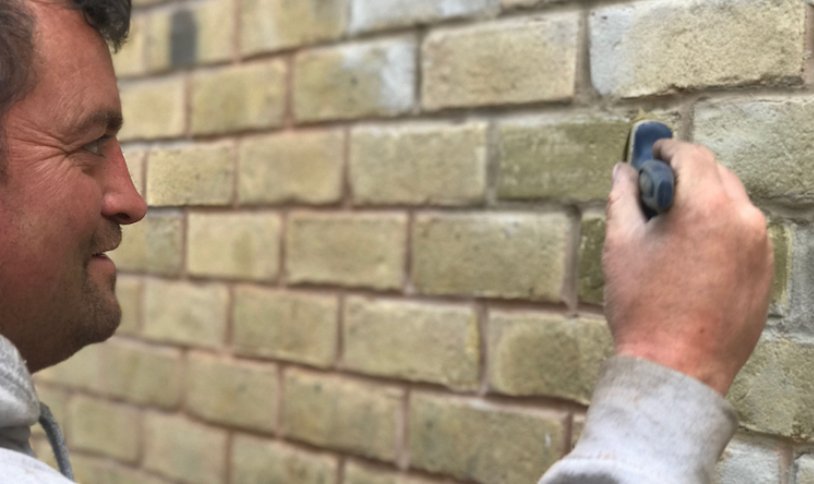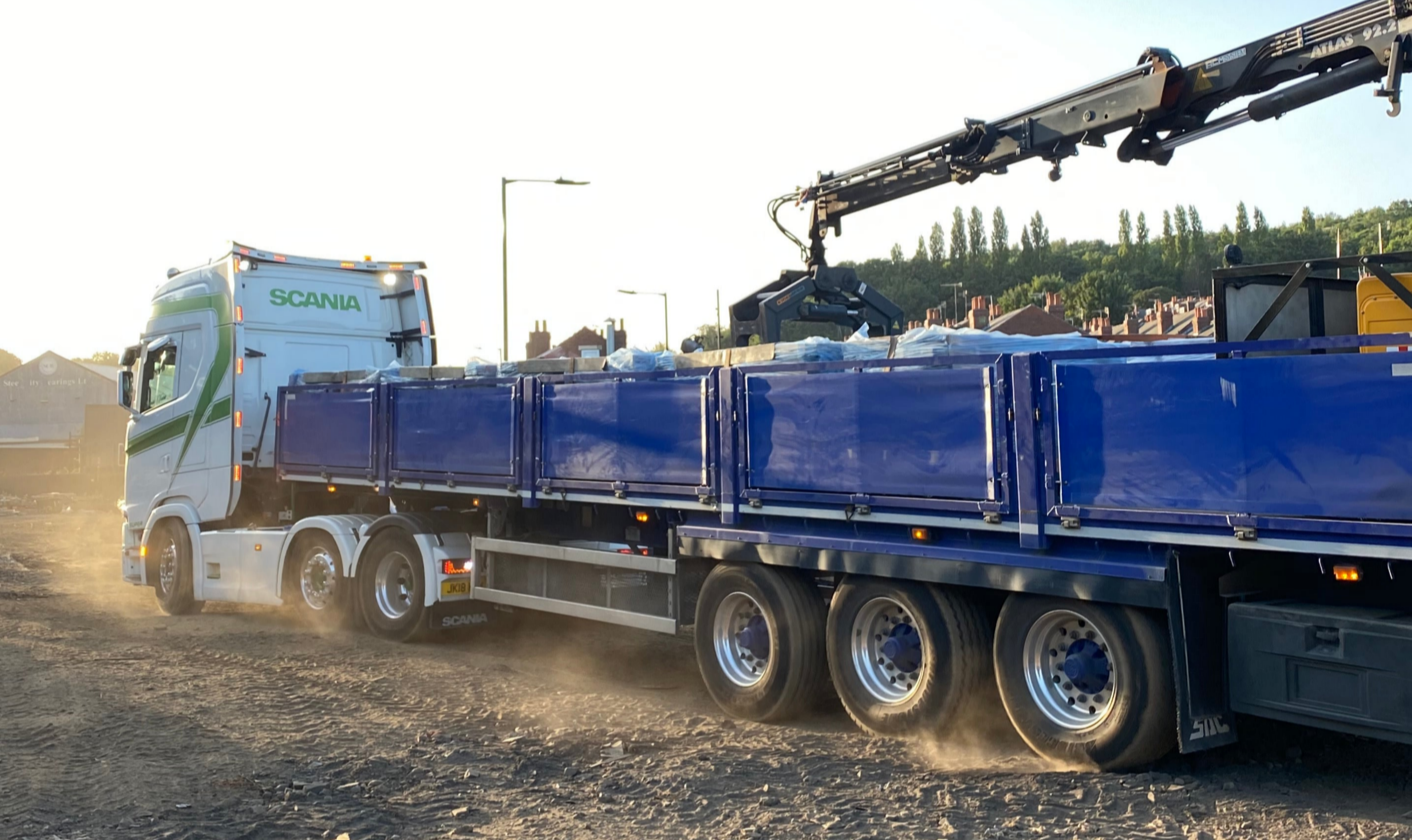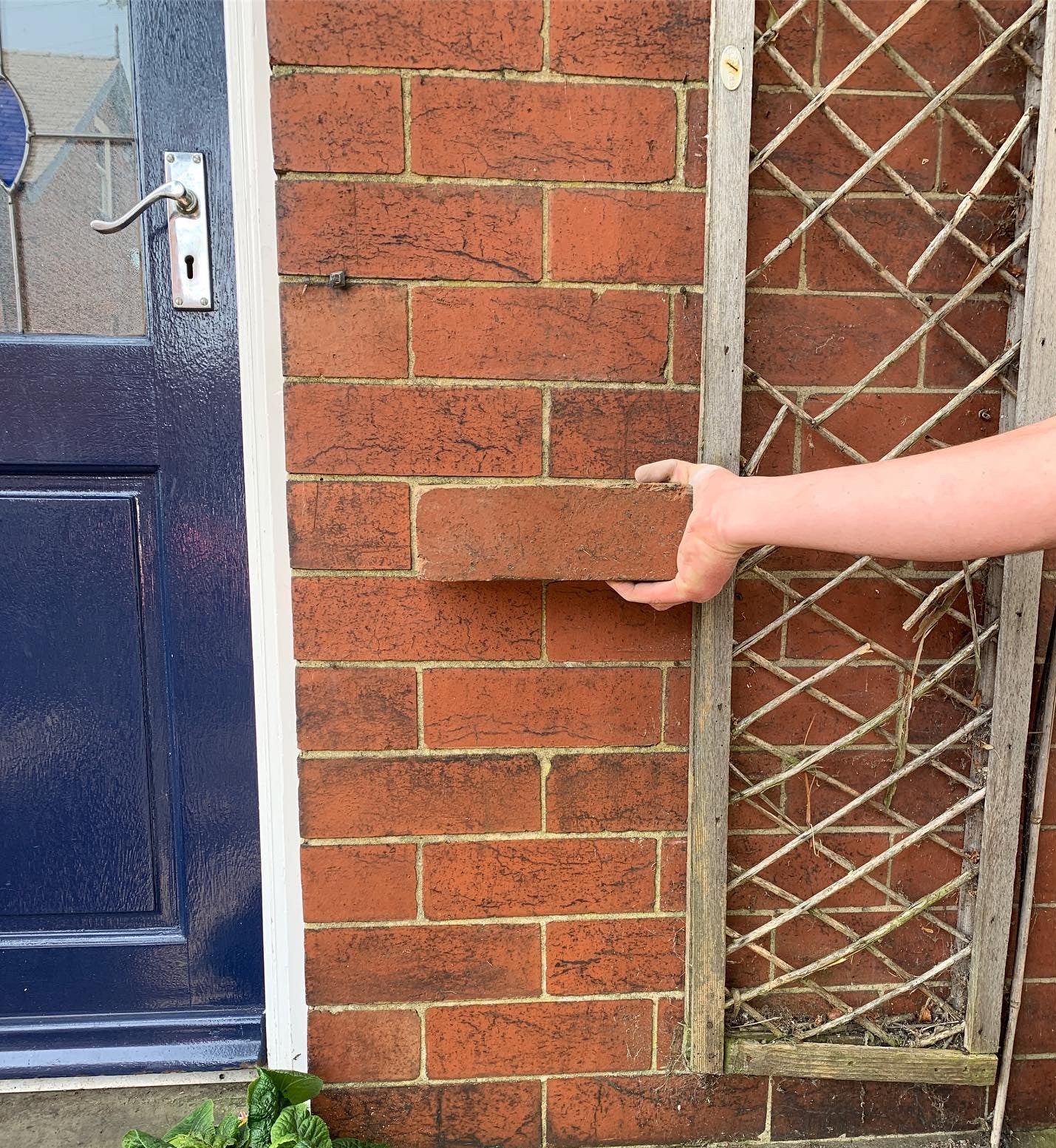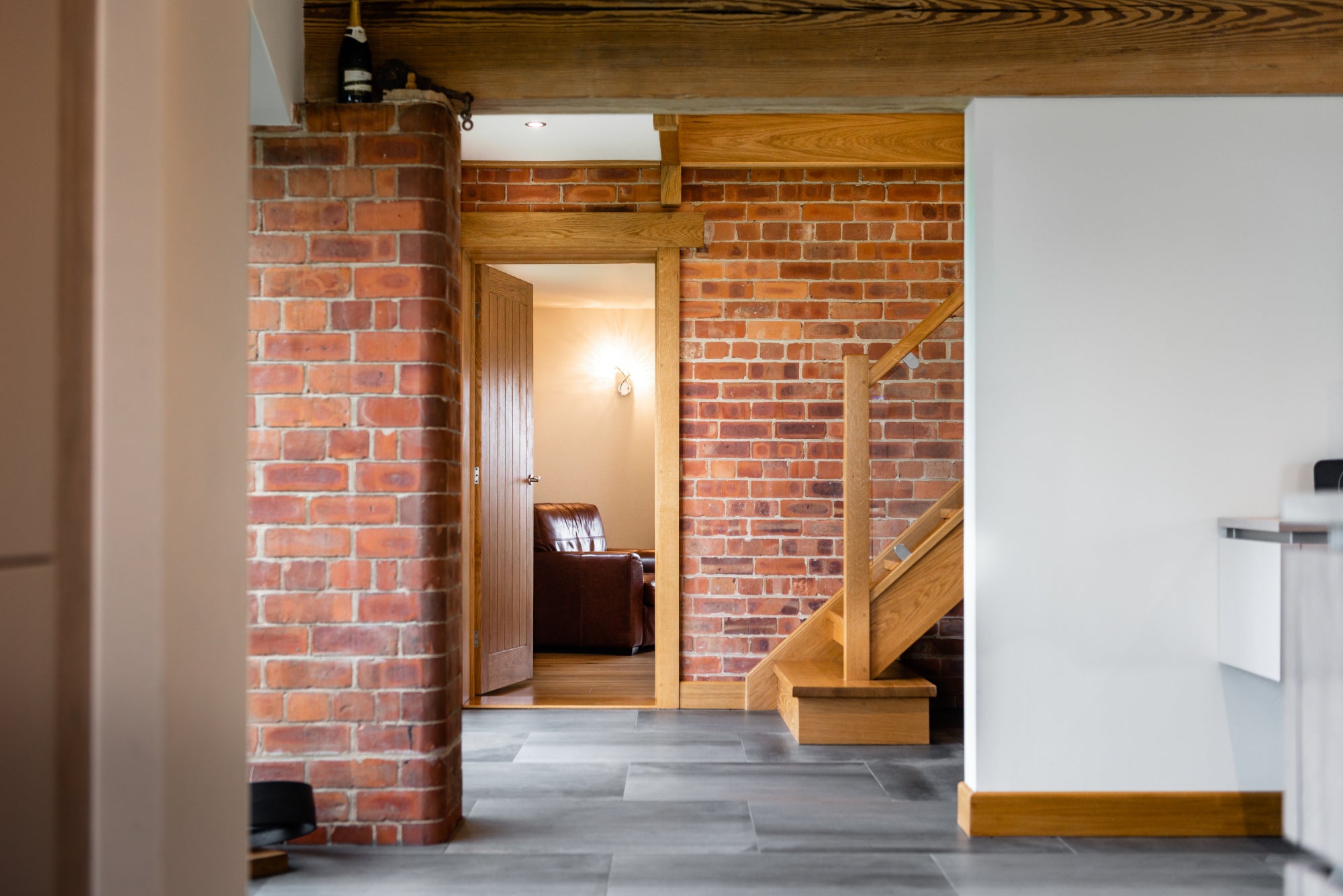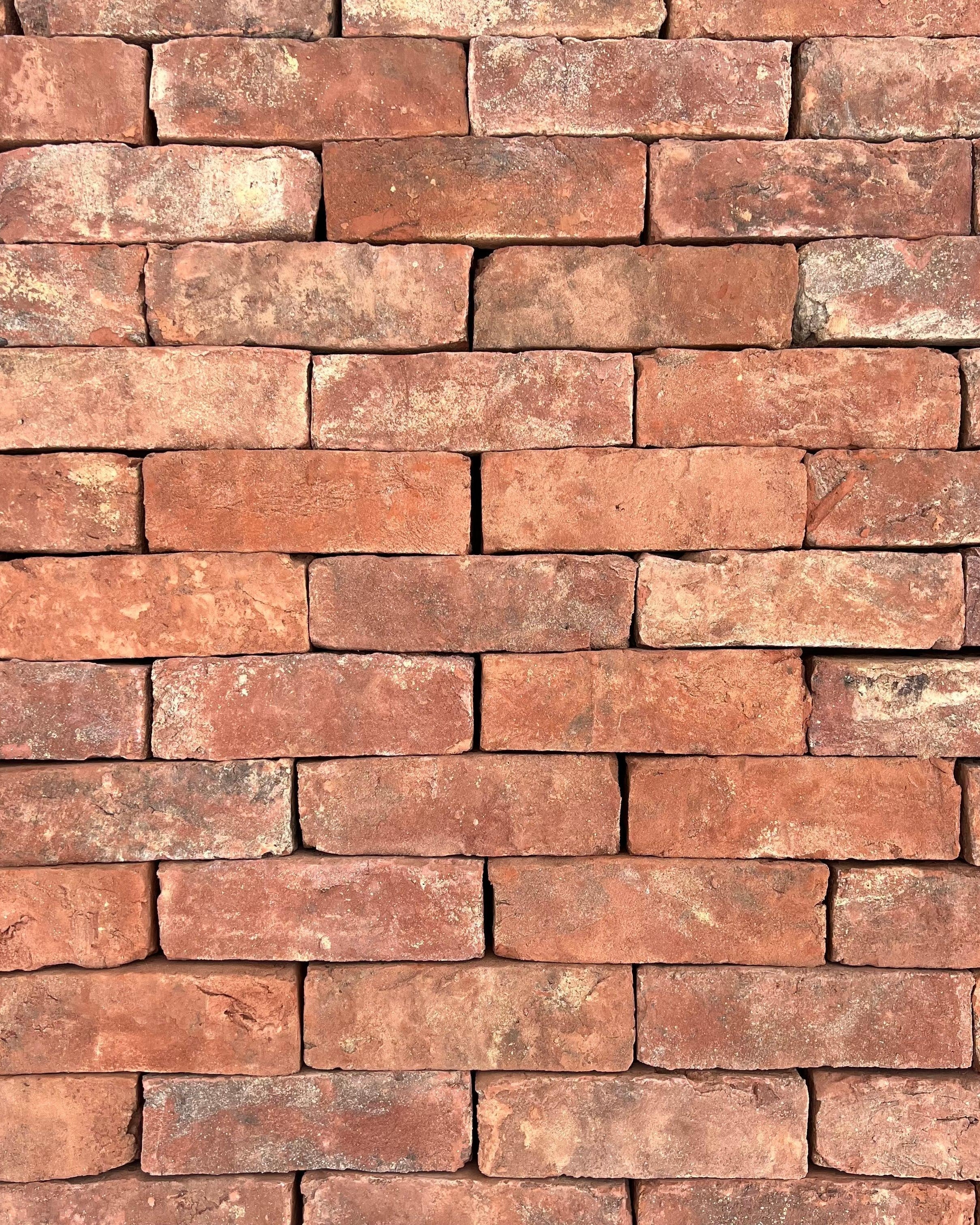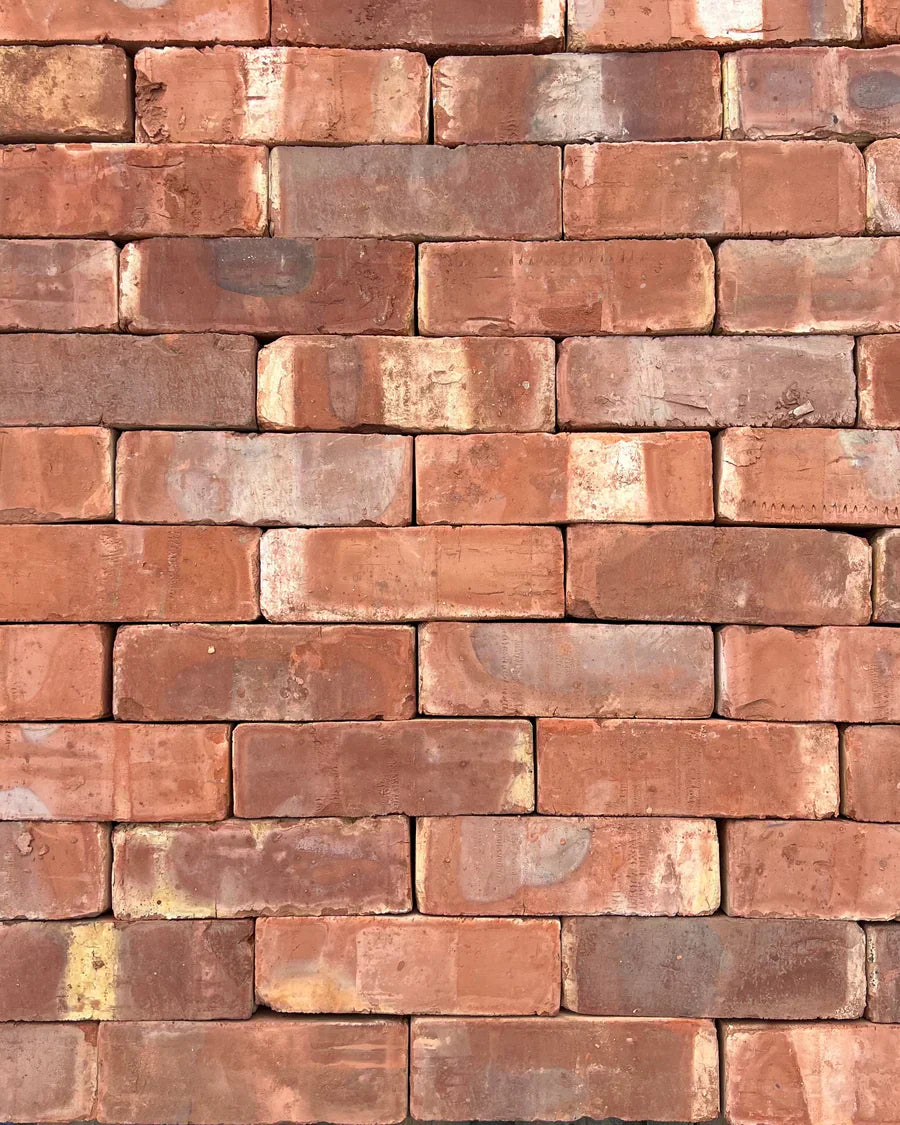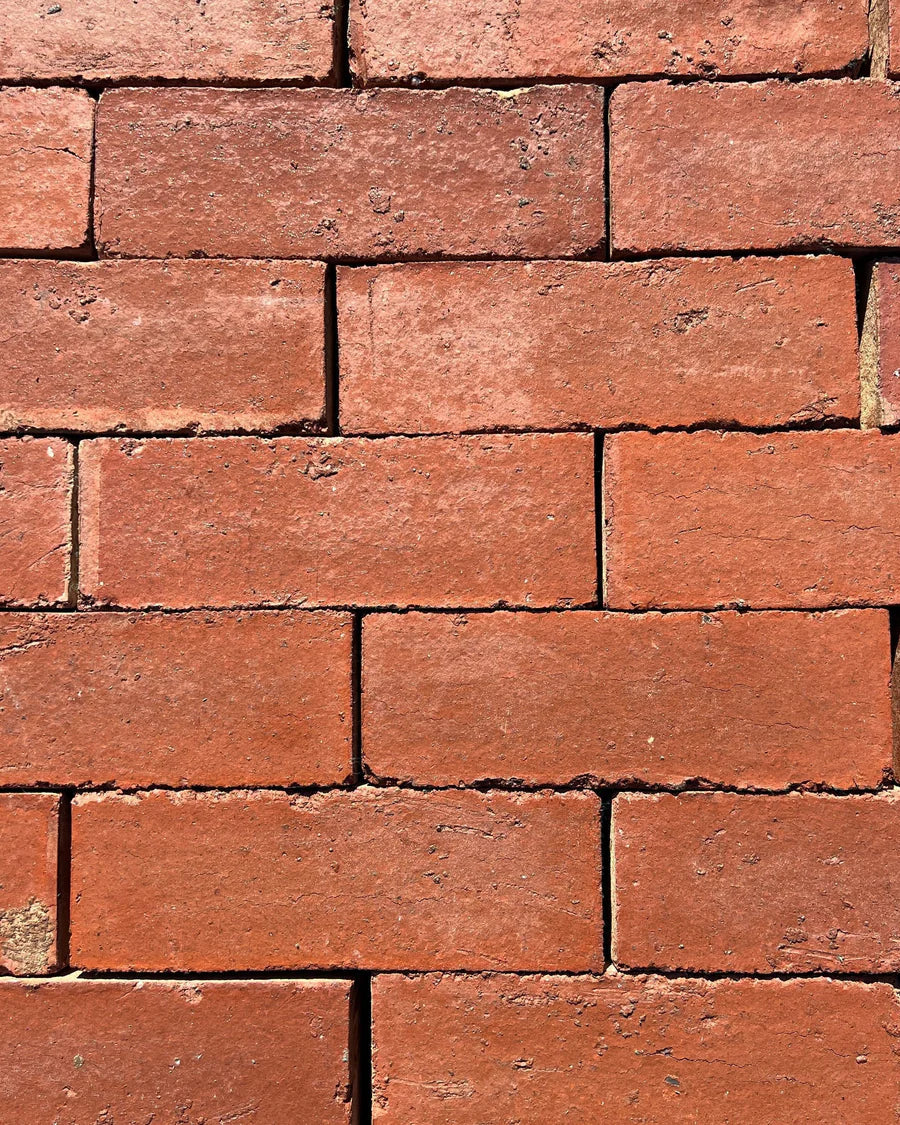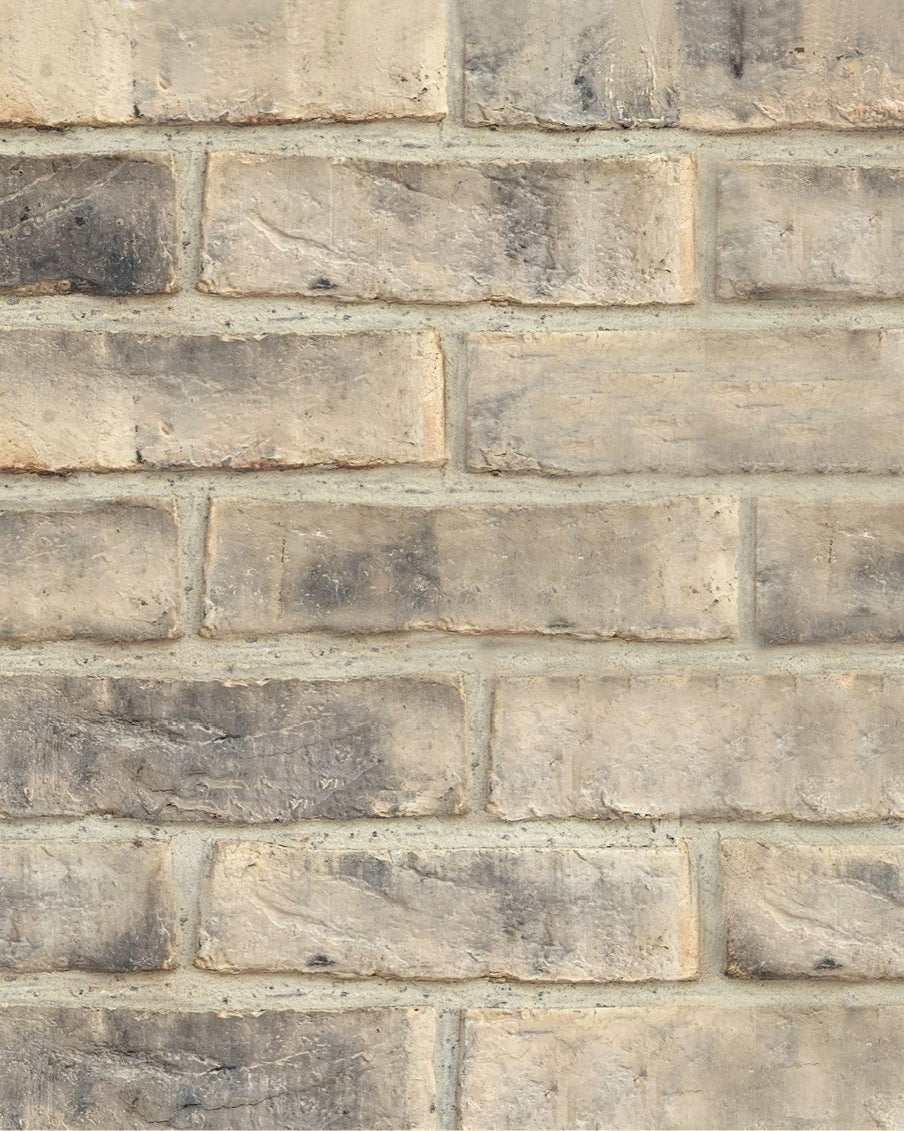Need Help Matching a Brick? Speak with Us Today
Heritage Brick Company offer a comprehensive Free Brick Matching Service, delivered by our friendly knowledgeable staff, and backed by Heritage Brick exclusive range of curated Metric and Imperial sized bricks that have been specifically developed to match traditional British masonry traditions and values. We manufacture and supply handmade bricks, wire cut bricks, pressed bricks, engineering bricks, water struck bricks, reclaimed bricks, tumbled bricks, glazed bricks and stock bricks, all from 100% natural clay and current British Standard regulations in a range of sizes.
How To Request a Brick Match?
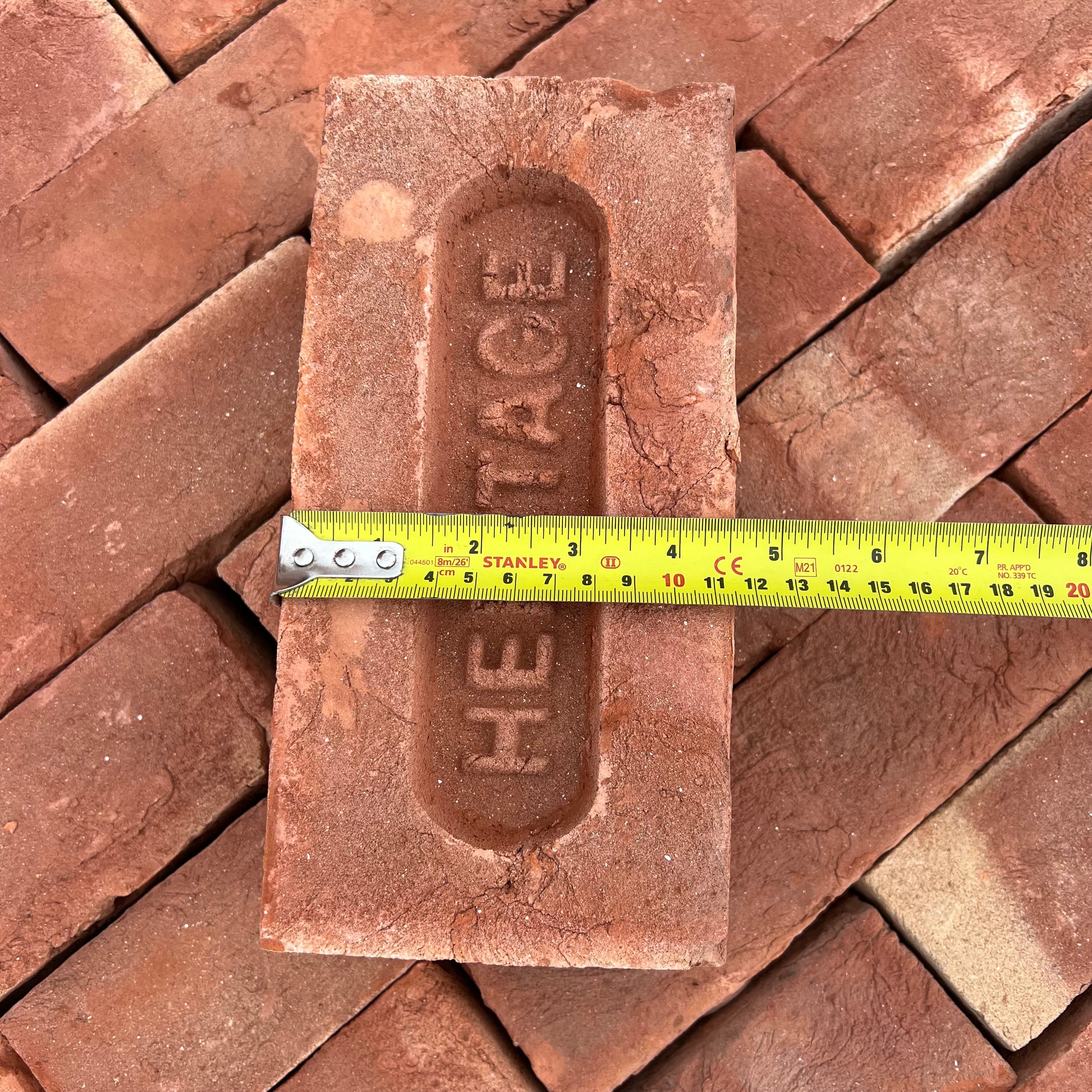
Measure The Size
Accurately measure each dimension of the brick using a tape measure - Height, Width and Length.
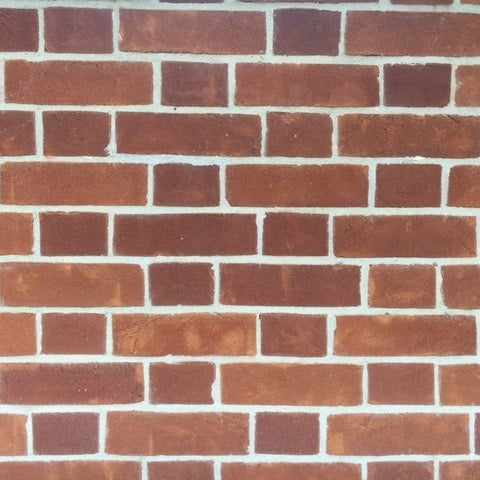
Close Up Picture
Take a close up picture of the brick you are looking to match. To assess the colour and texture, this should be from around a metre away.
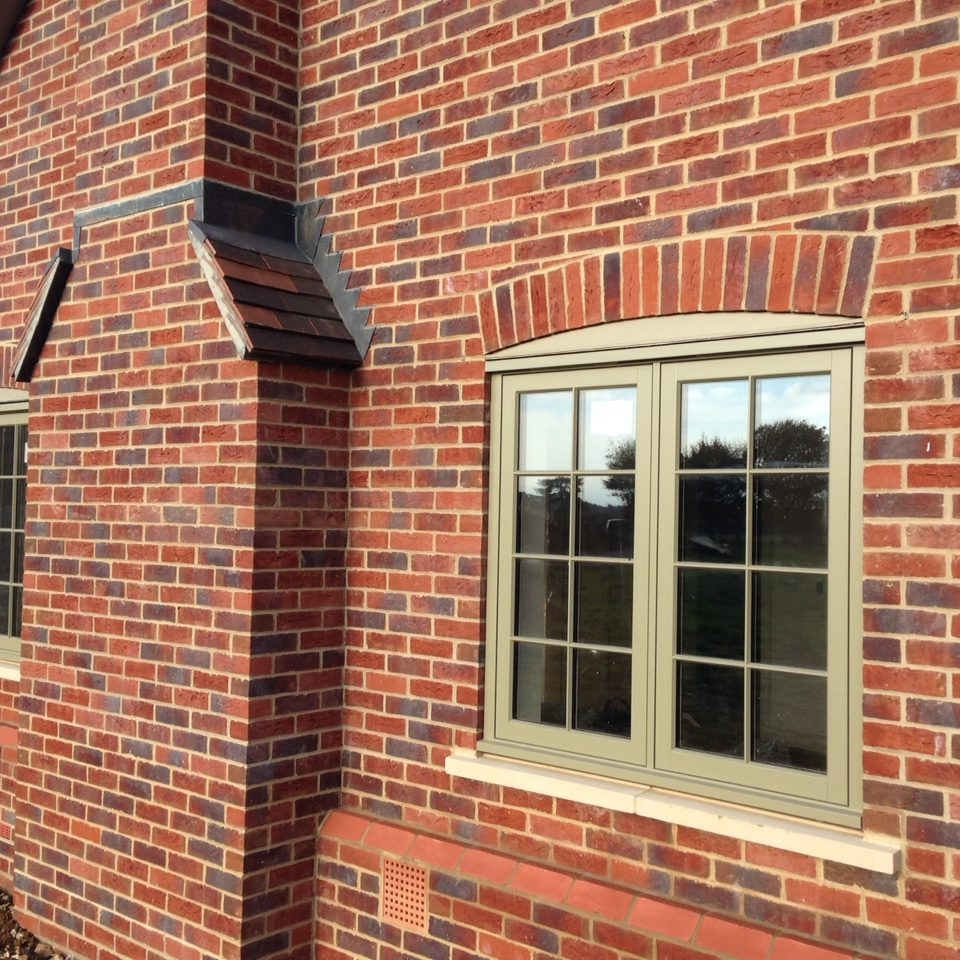
Brickwork Picture
So we can find your match or the best alternative, please provide an image of the brickwork from approximately 5 metres away.
Advantages of our Brick Matching Services
Free on-site brick matching service (within our trading area)
Free photographic brick matching via this website or email
Huge stocks at our brickyards for collection or delivery
Nationwide brick delivery with 24hr service if required.
Depots in South and North of England
Brick & Paving displays at all our brickyards
Experienced, knowledgeable and friendly staff
FAQs - How to Match a Brick?
Is my brick Metric or Imperial?
The main difference between metric and imperial bricks is their size: metric bricks are smaller than imperial bricks:
- Metric bricks: The standard size for metric bricks in the UK is 215 x 102.5 x 65 mm.
- Imperial bricks: Imperial bricks are generally larger than metric bricks and are measured in inches. Popular imperial brick sizes include 228 mm in length and 108 mm in width, with heights ranging from 50 mm to 80 mm.
Brick sizes varied significantly in the UK over time, and were often determined by the era they were produced in and their regional location.The metric system was adopted in the UK in 1965 and is now the standard.To ensure consistency and a better finish, it's recommended to source the original brick size.
How to match your brick successfully?
Brick matching top tips
Mismatched bricks can stand out like a sore thumb, make your development lack visual appeal, and even compromise structural integrity. That's why, when you're sourcing bricks for a project, there are a few initial elements to consider:
Size
Brick sizes have changed significantly across different periods in the UK, with imperial brick sizes used until recently (imperial brick size is 228 x 110 x 68mm). The metric system was adopted in 1965 and is now the standard (metric brick size is 215 x 102.5 x 65mm). While metric bricks can be incorporated into an existing imperial masonry structure by increasing the mortar joint bed, it is always best to source the original brick size to ensure consistency and a better visual finish.
Colour
The colour of your brick depends on the raw materials used in the manufacturing process. Colour shade variance can be common, so even if you have the perfect match, it's essential to provide an accurate forecast and timeline to ensure the bricks in your structure are from the same batch. Standard practice is to use a minimum of three packs concurrently (with overlap between deliveries where possible) to provide a well-blended finish.
Texture
While colour may be your main concern when matching bricks, texture should not be overlooked. Do your original bricks have a smooth, light, or heavy texture? Matching the original texture of your brickwork can help maintain a consistent look and feel, with light reflection, shadow, all impacting the final colour of your facade. While it may look good from afar, the texture becomes increasingly noticeable up close.
What is the difference between metric and imperial bricks?
The main difference between imperial and metric bricks is their size:
- Imperial bricks - These bricks are typically 68mm x 228mm x 110mm or 75mm x 225mm x 110mm, but the height can vary depending on the period and place of manufacture. Imperial bricks are often used in renovation, restoration, and conservation projects to match old brickwork.
- Metric bricks - These bricks are typically 215 mm long, 102.5 mm wide, and 65 mm high. Metric bricks are often used for the restoration and extension of existing properties, as well as for new build homes.
The size of the brick you choose can impact the design and overall appearance of your project.If you're working with an existing imperial masonry structure, you can incorporate metric bricks by increasing the mortar joint bed.However, it's generally recommended to use the original brick size to ensure consistency and a better visual finish.
Is my brick handmade, pressed or wirecut?
Wirecut
Wirecut bricks are made by cutting a column of clay with wires before they are textured. These bricks come in a wide range of materials and finishes and are very cheap due to their automated manufacturing process. These bricks are commonly used by all types of buildings for people who have a smaller budget.
Handmade
These bricks are made by hand by skilled craftsmen by throwing clay into moulds making each brick unique to one another. These are often what is used for the most attractive historic buildings making these bricks very attractive and only for the high-end housing projects. Because of the long and labour intensive manufacturing process, these bricks are expensive however these will often add value to your property if they are used correctly.
Stock
These are bricks that are a traditional brick that is made by an automated moulding system called soft mud moulding. These bricks come in a wide range of colours and are one of the most common bricks found on houses today. The style and price of this brick are in-between handmade and wire-cut bricks.
Fletton
Fletton bricks are also known as London bricks, these are manufactured by a company called Hanson brick. These are made from oxford clay with a range of colours and textured available making them ideal for brick matching for already existing brickwork.
Engineering
These bricks are used for groundworks such as sewers and retaining walls due to their great durability and resistant to frost and water damage. Because of there strength and practical features, they are not very aesthetically pleasing so they are not commonly used on houses.
Pressed
These are made by getting wire-cut bricks and re-pressing them too create this solid brick that is moulded to a precise size. These bricks are of high quality and have a particular look that is easy to identify making them great for houses.
Special shapes
These bricks have a pretty straight forward purpose of being able to bring special design ideas to life with the rest of the brickwork. They also have the practical uses of being able to add durability to structurally weak areas as well as save onsite time by avoiding the need to do any hand brick cutting.
Clay pavers
These bricks are available in a wide range of natural non-faded colours that are unique to these types of bricks. They are durable bricks that can hold up to frost without changing shape, losing colour or strength. These bricks have excellent surface drainage, perfect for stopping puddles from forming. They are also skid resistant and load-bearing and these bricks have proven to be durable and long-lasting in a range of environments.
When did the UK switch from the Imperial Brick standard to the Metric Brick standard?
Brick sizes have changed significantly across different time periods in the UK, with imperial brick sizes used until recently (imperial brick size is 228 x 110 x 68+ mm). The metric system was adopted in 1965 (metric brick size is 215 x 102.5 x 65mm) and is now the standard.
How to identify old bricks?
When identifying old bricks and blocks, look for irregular shapes, uneven surfaces, and straw or other natural fibers. Hand-shaped bricks from older times were larger than modern ones but never exceeded hand-width. Check for an indentation on the surface -- older bricks lack a frog (a dent in the middle).
How to measure a brick?
To measure a brick, you can use a ruler or tape measure:
- Measure the length of the brick.
- Measure the height of the brick
- Measure the depth or width of the brick
You can use a brick calculator tool to help you estimate the number of bricks you'll need. The size of the brick, mortar joint, pattern, and wall type can all affect the estimate. You should also allow for wastage, which can be as much as 10% of the total.
How to measure a Brick Wall?
To measure a brick wall, you can calculate the surface area of the wall and then multiply that by the number of bricks per square meter:
- Calculate the surface area: Multiply the height of the wall by its length. For example, a wall that is 6 meters long and 1.5 meters high has a surface area of 9 square meters.
- Calculate the number of bricks per square meter: Divide the size of a single brick by the total area of the wall.
- Multiply the surface area by the number of bricks per square meter: This will give you the number of bricks you need.
- Add in any extras: This includes wastage and piers.
You can use a brick calculator tool to help you estimate the number of bricks you'll need. The size of the brick, mortar joint, pattern, and wall type can all affect the estimate. You should also allow for wastage, which can be as much as 10% of the total.
How to picture the brick?
Close Up Picture
Take a close up picture of the brick you are looking to match. To assess the colour and texture, this should be from around a metre away.
Brickwork Picture
So we can find your match or the best alternative, please provide an image of the brickwork from approximately 5 metres away.
How to get a Free Brick Match?
There are several ways that you can get a free brick matching services, including:
- By Email
- Filling in our online form
- Project Site Visit
- Visit our Brick Showroom
The Heritage Imperial Brick Yard provides a free and easy brick matching service in just a few simple steps. Our team of friendly and knowledgeable staff offer a comprehensive service delivered with the most extensive knowledge in the area.
Can I order Brick Sample Panel?
Order via Product Page
On the specific product page, to the right of the product image there is an 'Order Sample' Button. Click the button to order your sample online.
Order via Email
Simply email our sales team your project requirements and specific product you wish to order a sample.
Visit Us
If you are close by or wish to see our full range, why not come and visit us at our bespoke Brick Centre? and take samples away free of charge.
Our Story
Heritage Brick Company is a family-run brick supplier based in Yorkshire, that supplies a broad range of new metric and imperial sized bricks made to match British Masonry Traditions. Best known for its vast selection of high-quality products and exceptional service.
Download the Brick Catalogue
Our catalogue of curated traditional clay bricks contains the latest collection of colours and textures, produced using modern machinery and traditional manufacturing methods.

